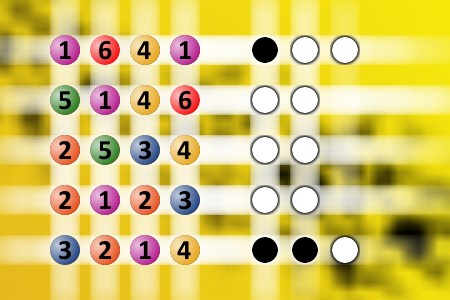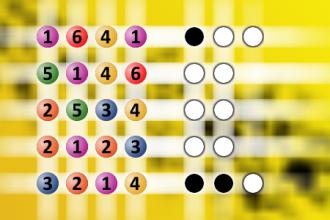What a winning combination?
The computer chose a secret code (sequence of 4 digits from 1 to 6). Your goal is to find that code. Black circles indicate the number of hits on the right spot. White circles indicate the number of hits on the wrong spot.Correct answers: 34
The first user who solved this task is Manguexa Wagle.
#brainteasers #mastermind

Politicians Accident
A bus load of politicians were driving down a country road one afternoon, when all of a sudden, the bus ran off the road and crashed into a tree in an old farmer's field.
Seeing what happened, the old farmer went over to investigate. He then proceeded to dig a hole and bury the politicians.
A few days later, the local sheriff came out, saw the crashed bus, and asked the old farmer, "Were they all dead?"
The old farmer replied, "Well, some of them said they weren't, but you know how them politicians lie."
Seeing what happened, the old farmer went over to investigate. He then proceeded to dig a hole and bury the politicians.
A few days later, the local sheriff came out, saw the crashed bus, and asked the old farmer, "Were they all dead?"
The old farmer replied, "Well, some of them said they weren't, but you know how them politicians lie."

